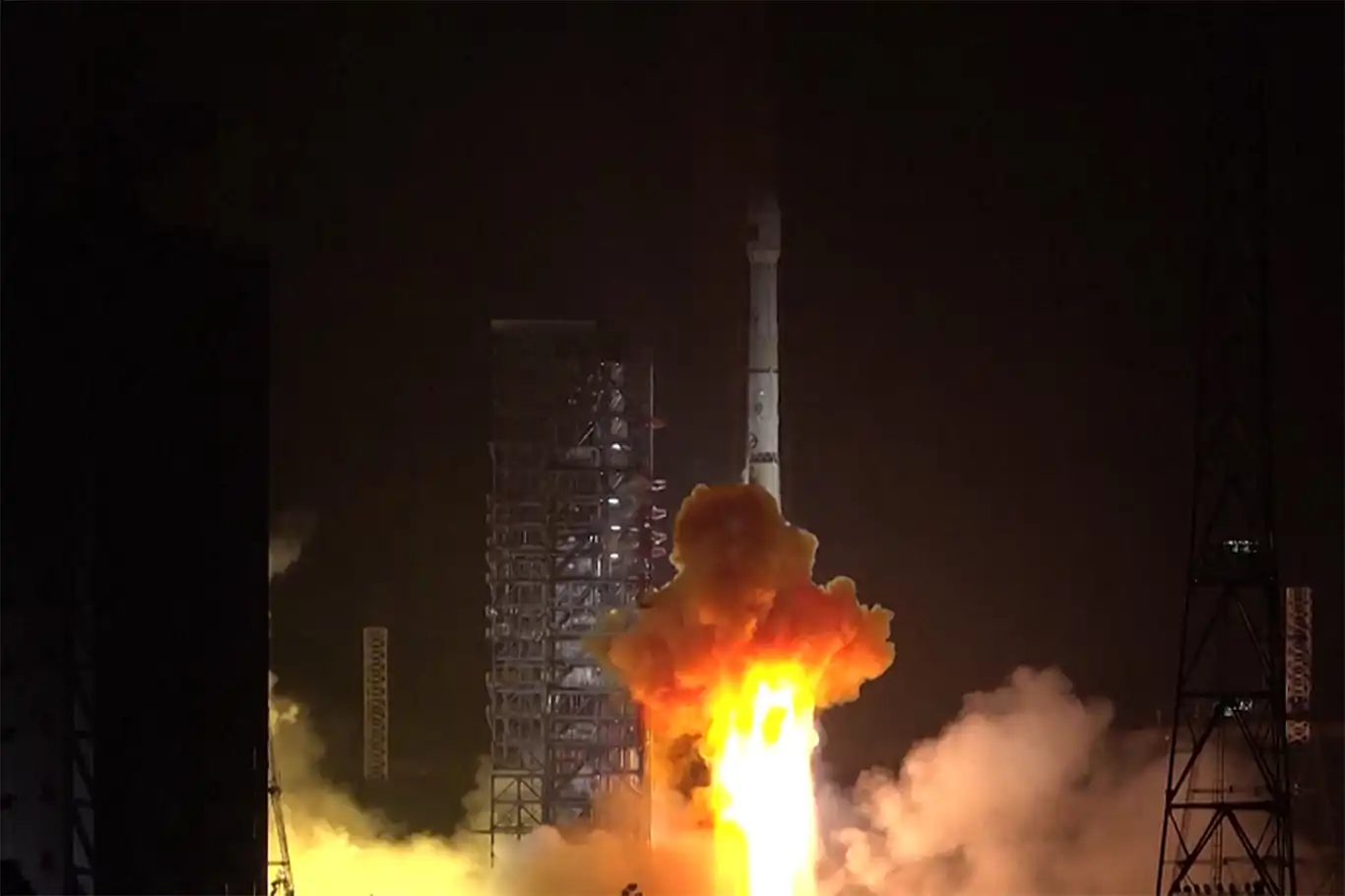China launches ChinaSat-9C to boost national broadcasting capabilities


China has successfully launched the ChinaSat-9C satellite, marking a significant step forward in strengthening the nation's satellite broadcasting infrastructure and enhancing public cultural services across remote and rural regions.
The satellite was sent into orbit on Friday from the Xichang Satellite Launch Center in Sichuan Province aboard a Long March-3B carrier rocket. Following in-orbit testing, the satellite will be transferred to China Satcom, a subsidiary of the China Aerospace Science and Technology Corporation, for operational management.
Designed as a dedicated broadcasting satellite, ChinaSat-9C boasts enhanced regional coverage and performance capabilities. A representative from China Satcom emphasized its ability to provide seamless access to information—even in challenging environments such as highland tents or deep-sea fishing vessels. “Whether in a nomadic tent on the plateau or a fishing boat's cabin at sea, a single satellite antenna enables information access across vast distances,” the spokesperson stated.
This launch continues China's long-standing investment in space-based broadcasting, which began in 1984 with the launch of Dongfanghong-2, the country’s first geostationary broadcasting satellite. That pioneering mission laid the groundwork for modern TV and radio transmissions.
The latest deployment is part of a broader modernization effort initiated in 2017 through an upgrade program utilizing the Dongfanghong-4 platform. Recent milestones in the program include the replacement of earlier satellites with advanced domestic models: ChinaSat-9B in 2021, ChinaSat-6D in 2022, and ChinaSat-6E in 2023. ChinaSat-9C now fully replaces the previously imported ChinaSat-9 satellite.
“Through continuous innovation, we've achieved domestic production of critical components including onboard batteries, momentum wheels, and power distribution units,” the China Satcom representative noted, underlining China’s growing technological self-reliance.
The nation’s broadcasting satellite technology has now reached world-class standards in both performance and service life. Today, China Satcom’s satellite fleet enables the transmission of over 200 standard-definition TV channels, nearly 100 high-definition channels, three ultra-high-definition channels, and around 400 radio programs, solidifying China's role as a major player in global satellite communications. (ILKHA)
LEGAL WARNING: All rights of the published news, photos and videos are reserved by İlke Haber Ajansı Basın Yayın San. Trade A.Ş. Under no circumstances can all or part of the news, photos and videos be used without a written contract or subscription.
Türkiye’s biggest technology event, the SDN Tech Expo, officially opened its doors at the Yenikapı Eurasia Show and Art Centre in Istanbul, drawing thousands of visitors, tech enthusiasts, and industry professionals.
The U.S. House of Representatives has officially banned Meta’s WhatsApp messaging platform from all government-issued devices, citing significant cybersecurity risks.
The U.S. President Donald Trump will sign an executive order this week to delay enforcement of the controversial TikTok sale-or-ban law by an additional 90 days, the White House announced Tuesday.